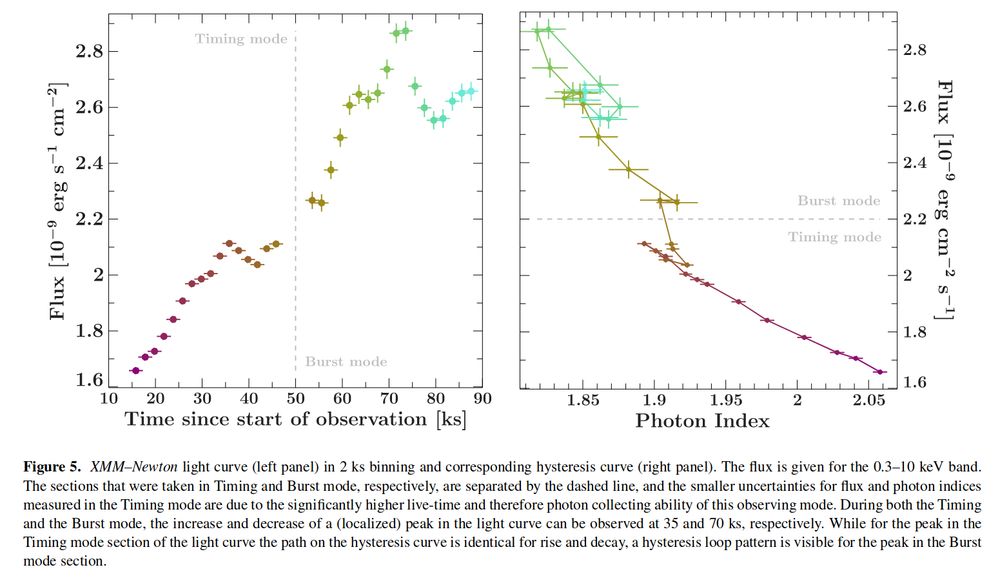Enthusiastic about music 🎶 , space 🚀, dogs🐕 and saving planet Earth 🌎.




Our estimation is at least 42,500 tCO2e in total.

Our estimation is at least 42,500 tCO2e in total.
doi.org/10.1093/pnas...
A🧵summarizing our paper, written together with members of Astronomers for Planet Earth:

doi.org/10.1093/pnas...
A🧵summarizing our paper, written together with members of Astronomers for Planet Earth:




